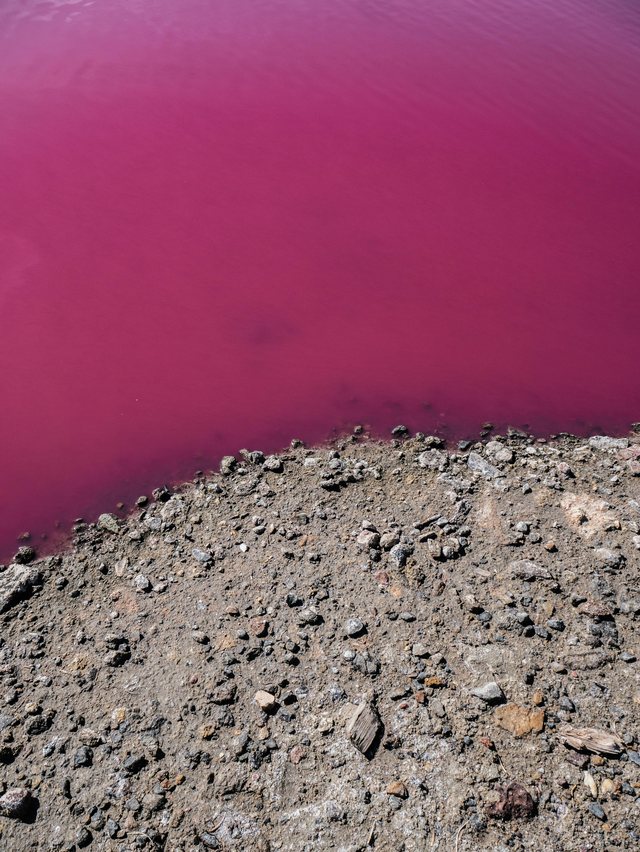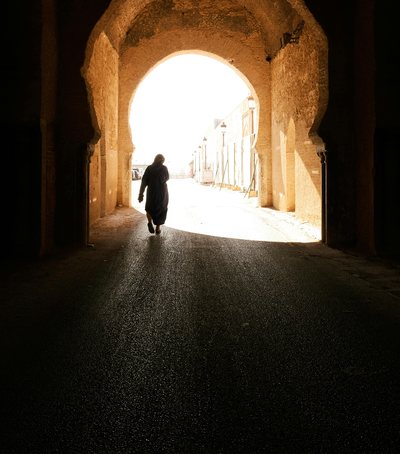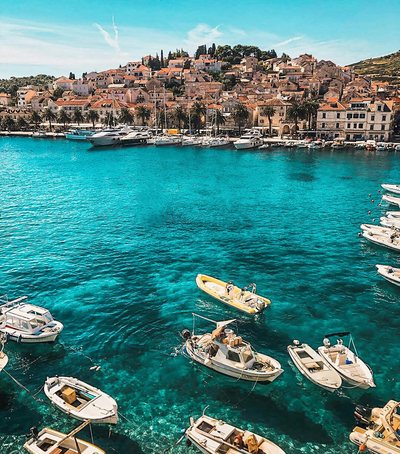
In southern Australia lies one of nature's rarest and most fascinating phenomena: Lake Hillier, a lake that changes color according to the months of the year. Sometimes bright pink, sometimes orange or purple, it looks like a surrealist painting in the middle of a wild and arid landscape.
Its extraordinary color is not an illusion, but the result of microorganisms that live in its waters. Scientists believe that the main cause is a microscopic algae called Dunaliella salina, which produces natural pigments to protect itself from the strong sunlight and high salinity levels. These pigments reflect light in shades of pink and purple, making the water appear like an elixir of colors.
During the summer, when temperatures rise and evaporation is greater, the salinity of the water increases and the color of the lake becomes more intense. In the cold seasons, when the water content balances, it takes on softer tones, sometimes pale pink and sometimes golden orange. This constant change has made Lake Hillier a special attraction for scientists and tourists from around the world.
Unlike many other lakes with strange colors, Lake Hillier has a unique feature: its color does not disappear even when the water is bottled. Even outside its natural environment, it remains pink, a living reminder of the magic that happens when science and nature meet.
The lake is located in a protected area and is mainly visited by air, to preserve its delicate ecosystem. From above, the contrast between the pink water and the green forest that surrounds it is a spectacle that not even time can erase.
At its core, Lake Hillier is more than a visual marvel. It is a testament to nature's ability to create unparalleled beauty through the coexistence of the simplest elements. A reminder that, even in the harshest places, life can flourish in colors that shock the human imagination.
Photo by Pat Whelen: https://www.pexels.com/photo/rocky-shore-of-a-pink-lake-5614721/





